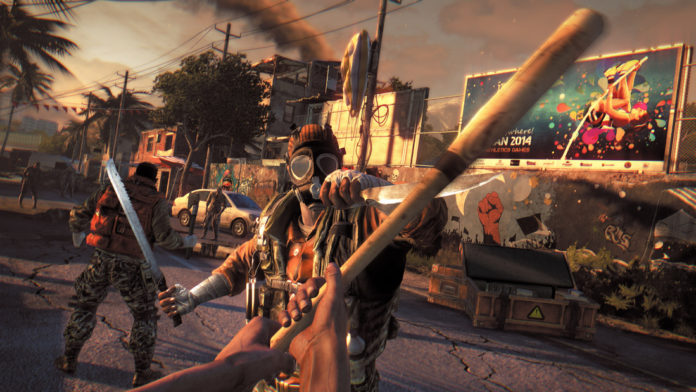In July, Techland announced that Dying Light is getting ten new pieces of free contentover the coming year. In a very rare move, this will mean the game will have received semi-regular content for over three years since its release.
Fans have, understandably, thrown their hands high in celebration – free is free, and Dying Light is rather good, right? Well, yes. But it’s also important to realise what these expansions mean, and just how far this budding series has come in the relatively short span of just one game. After all, Dying Light has been ten years in the making.
But in order to fully understand Dying Light’s beginnings, you also need to consider Dead Island – Techland’s first foray into the zombie survival genre.
There were murmurs of Dead Island’s existence in 2006, but for a lot of us, it started with a trailer in 2007. The short proof of concept featured panning shots of serene vistas, swaying flora, and swinging music. Oh, and flesh-eating fiends tearing their way through paradise. The trailer hinted at concepts that no other game was doing at the time. Sure, Dead Rising may have been knocking on the door, but no game prior to 2007 offered such a fresh take on the perennial zombie apocalypse fiction.
As quickly as it arrived, however, it was gone. Like a screaming survivor set upon by a horde of zombies, Dead Island’s PR channels fell eerily silent. In 2009, Techland offered some hope by confirming their zombie survival game was still in development. But it was fleeting contact.
It wasn’t until 2011 – well after Left 4 Dead had already twice shown what modern zombie survival games could be, and Call of Duty had set an army of undead Nazis against players – that this happened:
And just like that, five years after that first glimpse, anticipation for the game was renewed in full.
Dead Island released later that year, but the slow cook of the game’s development had left the meat raw in the middle. One big problem was that the announcement trailer – put together by external creative agency Axis Animation – promised a very different, more nuanced Dead Island. The one delivered wasn’t what fans thought it would be. Was it bad? Well, if you were prepared to dig through the numerous visual glitches and risible voice acting, at its core there was a game worth reaching. Subsequent updates fixed many of the launch game’s problems, however, and despite this early setback, Dead Island became a financial success. It’s here that the strands of a new story began.

In 2013 – just a month after Riptide, Dead Island’s final piece of content, released to a ho-hum reception – Techland announced Dying Light. If it weren’t for the decaying letters that spelled out this new game’s title at the end of the trailer, many would have assumed it was Dead Island’s sequel. But after a split with publisher Deep Silver, Techland knew it was time to create something completely new, yet familiar: the zombie survival game they now knew how to make.

























